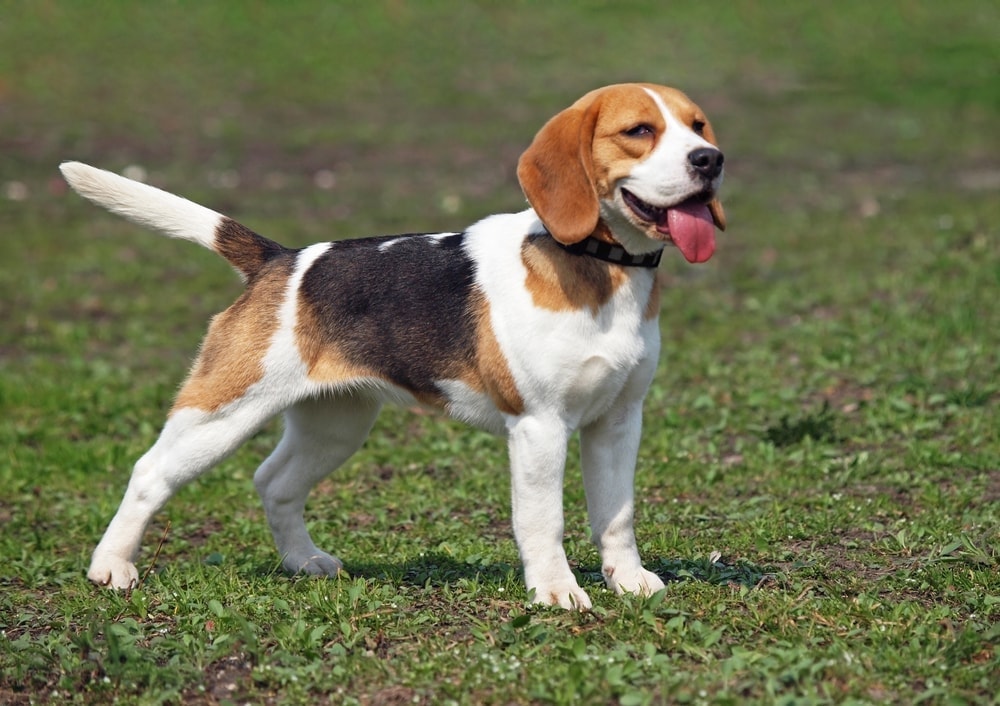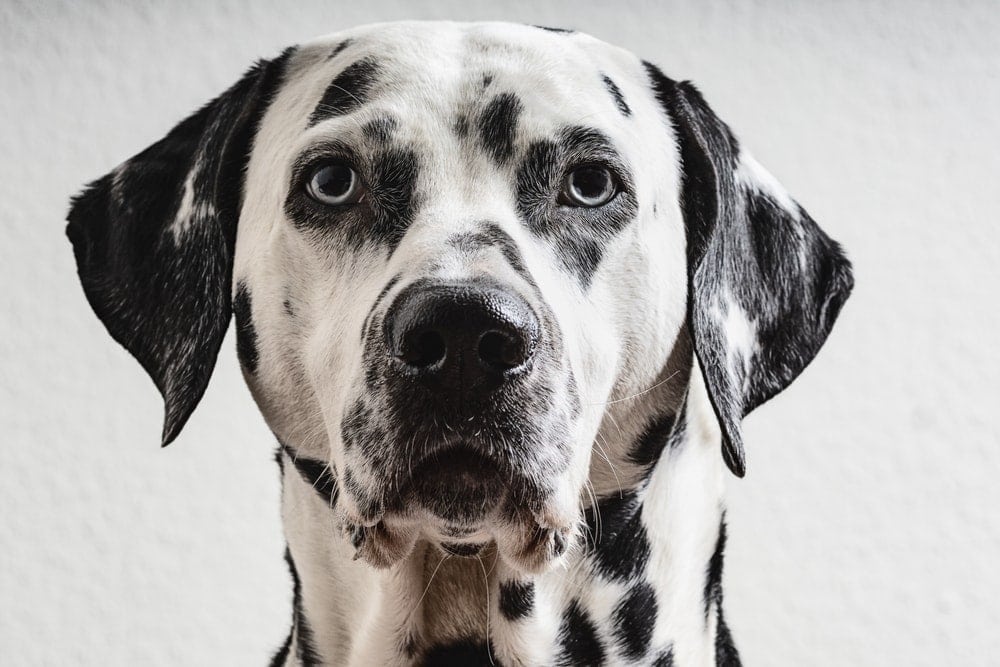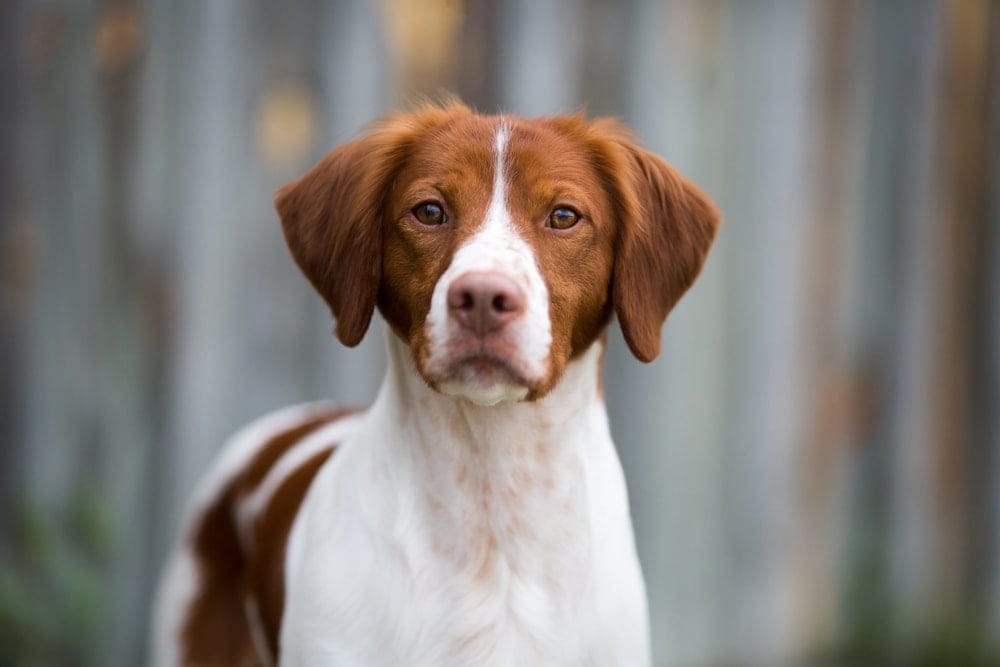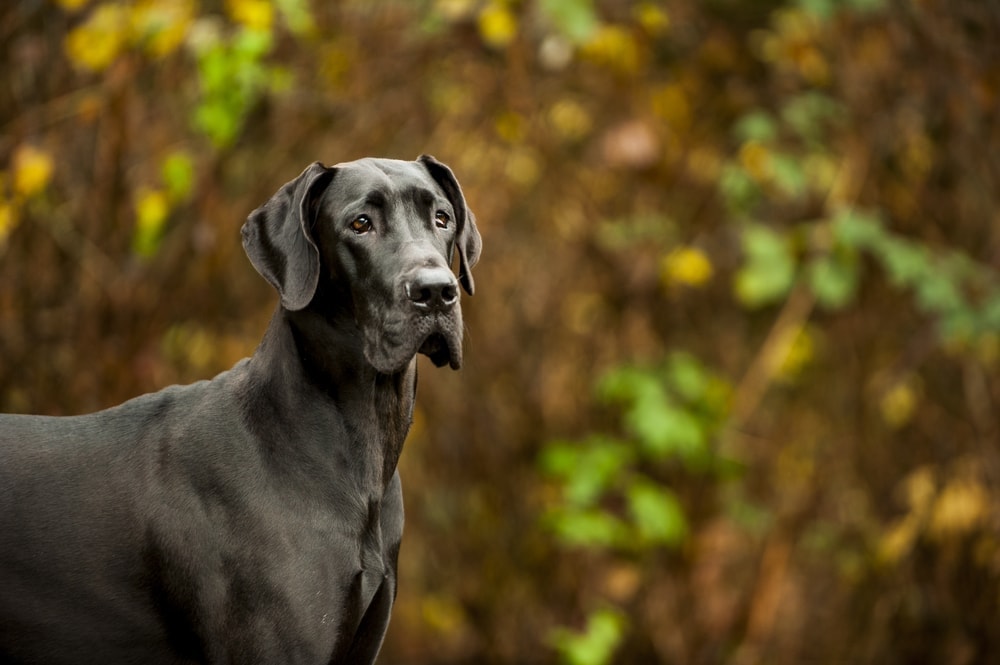Beagles are a popular breed of dog, but there is some debate over whether or not they are hypoallergenic.
Some people claim that beagles do not shed very much, while others say that they shed a lot. So, what is the truth? Are beagles hypoallergenic dogs? Do they shed a lot?
Keep reading to learn more about beagles and whether or not they might be the right breed for people with dog allergies.
Are Beagles Hypoallergenic?
Even though a beagle is a short-haired breed of dog, they are not hypoallergenic. Their dander and saliva will often cause an allergic reaction in people who suffer from severe allergies. However, beagles are quite low maintenance and require little grooming.
Let’s remember that it is not only hair that makes life difficult for allergy sufferers. There are special proteins that dog’s body produces. Even low shedding dogs produce it in saliva and urine. If you suffer from pet allergy but desperately want to have a dog instead of a beagle we suggest checking such hypoallergenic dog breeds as Poodles, Chinese crested dogs, Bichon Frise, Bedlington terrier, miniature schnauzer, standard schnauzer, Kerry blue terrier, Coton de Tulear, Spanish water dog, Lagotto Romagnolo, soft coated wheaten terrier, American hairless terrier, Peruvian Inca Orchid, Portuguese water dog, afghan hound, Irish water spaniel, and Xoloitzcuintli. All these breeds are hypoallergenic according to AKC (American Kennel Club).
Beagles are very cute dogs that are great for children. Unfortunately, children who have allergy symptoms should not be near a beagle. They are not hypoallergenic, and the protein in the dog’s skin they produce will trigger a child’s allergies. Adults who have allergies to animals will not be able to care for a beagle either.
Beagles have a special role in hypoallergenic products. Because they are not hypoallergenic, they are commonly used as test dogs to create products that fight against allergens.
According to animal scientists and veterinarians, beagles produce a medium or average level of allergenic proteins. This means that if someone who is only mildly allergic or only suffers from seasonal allergies wants to have a beagle as a pet, they might be able to.
Characteristics of a Beagle
The beagle is a medium to small-sized dog that is often confused with the foxhound dog. The fur is often colored in three common colors; tan, black, and white. The beagle is an assistant dog, and they’re excellent in helping hunters find prey and retrieve prey that has been killed. And because they have a strong sense of smell, beagles are used in airports and border crossings to find food that should not be allowed to enter the country.
Although beagles have a lot of energy, they have a very calm and content-disposition and are not prone to bouts of anger. When a beagle first meets a new human or another dog, they are very slow to warm up to them. But after a while, beagles become extremely friendly and sociable.

Health Problems
Because the beagle has long floppy ears, they are very likely to develop infections if the inner ear canal is moist. Beagles can also develop severe eye issues like lipoma and eyelid collapse. They also experience throat and respiratory issues anti sometime racing choking and gasping for their breath, but they have no obstructions within their trachea or throat.
Do They Shed a Lot?
The beagle is not a dog that sheds very much. They only have one coat of fur, which is why they do not shed as much as other dogs that have two coats. Because the beagle does not shed very much and only has one coat of fur, people with my older seasonal allergies may be able to stand their presents and have them as a pet in their home.
Why Aren’t They Hypoallergenic
When it comes to all pets, there are two types of categories that all animals fall into: The hypoallergenic and non-hypoallergenic. Many animals that humans come into contact with are one of these categories.
As we’ve said before, the beagle is a non-hypoallergenic breed of dog. That means that their bodies produce too much dander for a person who has allergies to be able to stand them.
But what is dander? Dander is a compound that is produced by an animal skin, or it is a part of their fur. All animals create a certain amount of dander. When animals listed as hypoallergenic, this means that they produce very little dander. When a person is allergic to a type of animal, it is actually the dander that they are allergic to.
The amount of dander that an animal produces cannot be changed or altered. It is Created from their body. The only way to cut down on dander is to brush your animal frequently select fur is not shed all over your house. You can also bathe the animals so Texas dander can be washed away.
Beagles are not dogs that shed a lot of furs, so it may not be their fur that triggers a person’s allergies. Animals that shed a lot of furs are very dangerous for people that have serious allergies. Even if animals did not produce dander, their fur itself is a trigger for an allergic reaction.

Advice for People with Mild Allergies
If you are someone who has allergies, but you are able to keep a beagle as a pet, you should frequently brush your beagle. Brushing them will catch any excess fur that is about to shed all over your house.
You can also bathe your beagle. But since these dogs don’t shed very much, they don’t have to be bathed often. You can bathe a beetle every 2 to 3 weeks, or you can wait until your allergies start to act up.
Alternative Dogs that Are Hypoallergenic
Beagles are fun and patient companions, and they are a joy to be around. But if you are allergic to beagles, there are a few dog breeds that are just as friendly and will not trigger your allergies.
● Shih Tzus – these dogs are extremely loyal and love to be around people. They’re famous for their long hair, but they do not shed a lot. If you do not wish to care for their unique hair, you can always take them to the groomers for a trim.
● The Lagotto dog – originating from Italy, this breed of dog has a mountain of silky curly hair. They’re energetic dogs who love to participate in activities like jogging and biking. Despite the thickness of their fur, this dog is not prone to shedding; they are quite clean.
● The Basenji dog – thin and short hair, the Basenji is an excellent dog for hunters and people who enjoy spending the majority of the time Outdoors. They have a unique howl that is very distinct. Our favorite trait of this dog is their tail because it is so curly.
Conclusion
● Beagle dogs are not hypoallergenic.
● Since they are extremely short-haired and do not set a lot of furs, people with mild allergies may be able to have them as pets
● Because of their large ears, they are prone to ear infections
● They produce too much dander to be hypoallergenic
● Because of the beagle’s excellent sense of smell, they are used for hunting and trapping wild game and detecting food from travelers that are crossing the border
Frequently Asked Questions:
What is the calmest non shedding dog?
There are some breeds that do not shed and are still calm and well behaved. Among them such breeds are Shih Tzu, Malteser, Xoloitzcuintli and Chinese Crested Dogs. Each dog has its own character, so in each breed you can find calmer personalities and more active ones.
Does hypoallergenic mean no shedding?
Actually not really. Just as less dog shed as less reaction a person with allergies has, but just as well humans can react to protein consisting of dog urine, dead skin cells or dander. There are no completely hypoallergenic dogs, but people with mild allergies can live with some of them.
Do hypoallergenic dogs get fleas?
Yes, they can. All dogs can get fleas in contact with infected creatures. So every puppy needs protection against fleas such as special collars or drops. These medicines also help your dog stay protected from ticks, which can be dangerous to their health.
How do you get rid of dog allergies naturally?
We do not support the idea of self treatments using information from the internet. There are some natural ways to decrease dog allergies but please contact your doctor not to put your health in danger and get good treatment.











